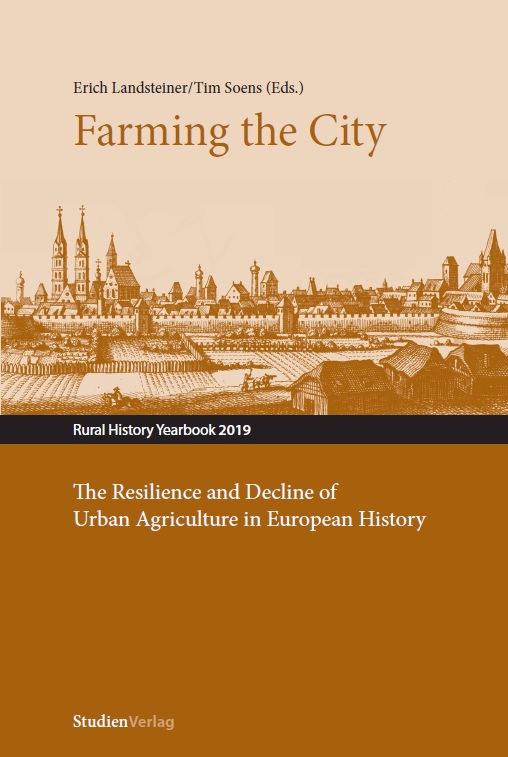Between Village, Utopian Settlement, and Garden City
Urban Agriculture in the Company Housing Project of Eisenheim (Founded in 1844) in Historical Context
DOI:
https://doi.org/10.25365/rhy-2019-7Schlagworte:
Eisenheim, subsistence gardening, urban agriculture, food security, model village, company housingAbstract
Eisenheim was founded in 1844 near Oberhausen in the Ruhr by the mining company Gutehoffnungshütte as one of the earliest company housing projects in Germany. Like the later “colonies” by Krupp, BASF, or Farbwerke Höchst, the settlement was intended to attract workers from other regions by providing affordable housing and usually also access to land for gardening. The paper contributes to a historical contextualisation of today’s discourse on urban agriculture by first examining urban gardening and agricultural facilities in the mining company settlement of Eisenheim and then placing this case study within the broader development of urban agriculture from the eighteenth to the twentieth centuries. Eisenheim is then compared to four other “model villages” which, while represent- ing a wide range of ideological motivations and socio-economic backgrounds, faced similar challenges in their agricultural aspirations. The main reference points of this analysis are: first, how access to land was organised, what property regimes were put in place, and how this affected the long-term preservation of agricultural land use. Second, what impact subsistence agriculture had on the residents’ food resilience, quality of diet, and household income formation. Third, how subsistence gardening and agriculture and the spatial organisation of the settlements’ green areas contributed to the residents’ community life.


